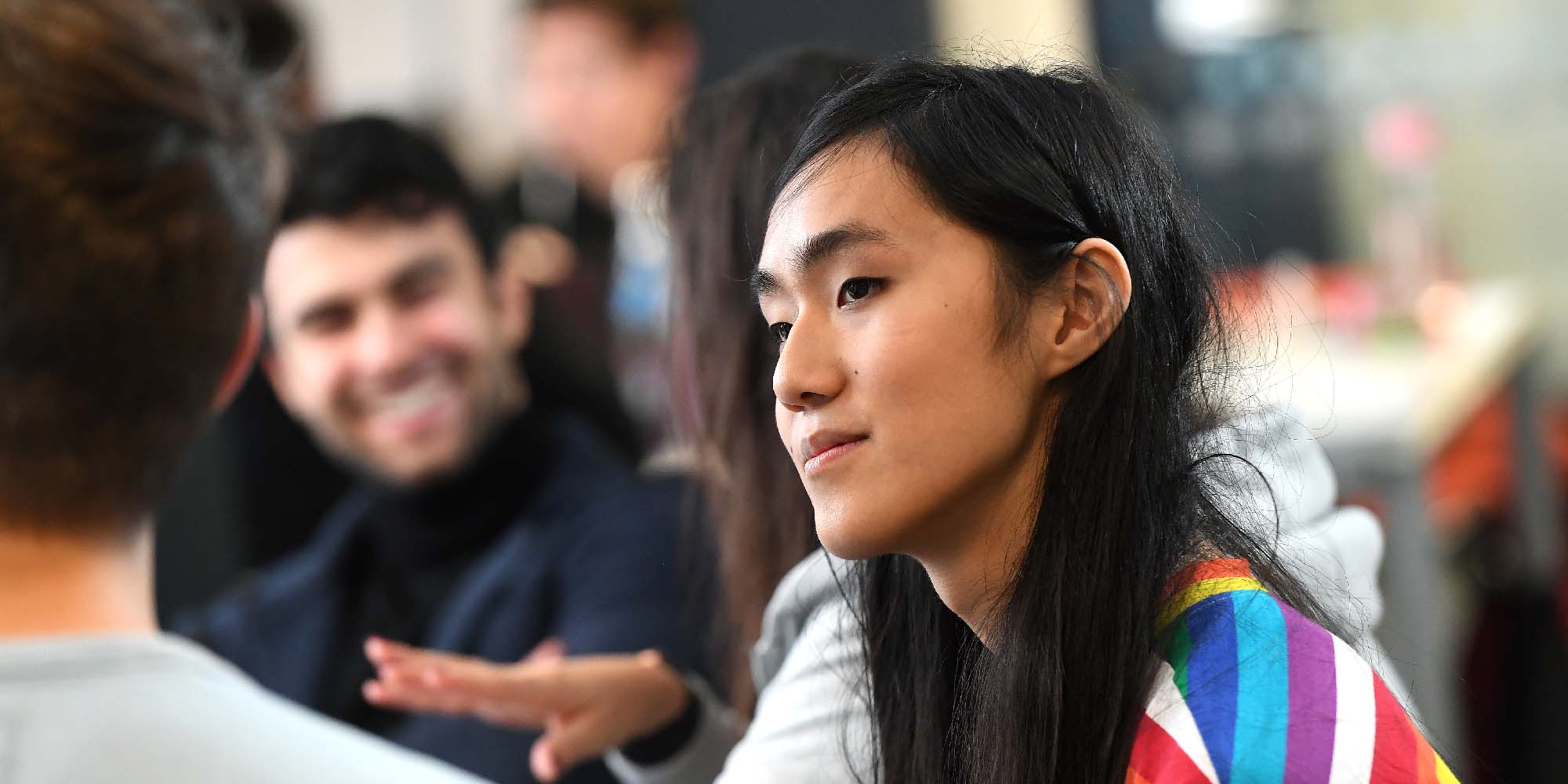Postgraduate research opportunities Super-resolution, quantum-enhanced sensing in biology
ApplyKey facts
- Opens: Thursday 21 November 2024
- Number of places: 1
- Duration: 42 months
- Funding: Home fee, Stipend
Overview
Microscopy is a key technology for understanding biological systems. This project seeks to combine super-resolution techniques with the use of nanodiamond based measurements of biological activity, such as sub-cellular thermometry.Eligibility
BSc (Hons) 2:1 or equivalent degree in physics or engineering

Project Details
Funding details
Microscopy allows direct imaging of cellular and sub-cellular processes in biology, and so is still a key tool in biological research. Recent years have seen significant advances in the resolution of imaging techniques through multiple super-resolution technologies, while the advent of adaptive optics that control the wavefronts of the light used for imaging allow effective observation of optically complex samples. However, equally important is the increasing availability of optically active labels that can target features or processes of biological interest.
This project aims to tie all three strands together; the development of techniques using super-resolution imaging in our adaptive optics enhanced microscope to allow biological sensing with optically active defects in diamond. Diamond is particularly useful for assessing the effectiveness of both computational and hardware-based super-resolution methods as it shows almost no photo-induced damaged and so can be used for in-depth examination of imaging methods.
Furthermore, the Nitrogen-Vacancy defect in diamond allows sensing of temperature and the detection of various chemical species at a sub-cellular scale and we wish to demonstrate effective implementations of diamond-based sensing alongside the other technologies at our disposal.
Key tasks in this project include:
- The use of a scanning microscope in either confocal or Stimulated-Emission Depletion (STED) mode to image suitable samples that have been labelled with nanodiamond. Our microscopes include adaptive optics to improve image quality and speed of acquisition, and we would like to explore the impact this might have on diamond-based sensing. The final hardware implementation of STED within our microscope is currently underway and it is anticipated that the student will assist in this work.
- Super-resolution techniques such as STED can cause photo-damage to samples. We wish to use nanodiamond to maximise sensitivity and resolution while minimising the impact of imaging on the biological system of interest.
- Finally, the NV centre can be considered a multi-modal sensor in that what it can detect should depend largely on the control scheme used in a given experiment and less on the type of nanodiamond introduced to the sample. This is not always the case in practice. With this in mind, the student will also explore what types of sensing may be effective with a given set of samples and try to understand what sample preparation techniques might allow true multi-modal sensing with nanodiamond
With such a wide range of activites, the student will be trained in experimental techniques within an optical laboratory, but should also be open to learning both biological sample preparation and the software development needed to support these activities.
The nanobiophotonics group has active collaborations with researchers across the UK, with the National Physical Laboratory, the National Insititute of Science and Technology and with various research groups in Japan. As such, there should be opportunities for collaborative research visits to a range of different locations.
References:
- Aslam, N., Zhou, H., Urbach, E.K. et al.Quantum sensors for biomedical applications. Nat Rev Phys 5, 157–169 (2023). https://doi.org/10.1038/s42254-023-00558-3
- Martin Booth, Débora Andrade, Daniel Burke, Brian Patton, Mantas Zurauskas, Aberrations and adaptive optics in super-resolution microscopy, Microscopy, Volume 64, Issue 4, August 2015, Pages 251–261, https://doi.org/10.1093/jmicro/dfv033
- Qinrong Zhang, Qi Hu, Caroline Berlage, Peter Kner, Benjamin Judkewitz, Martin Booth, and Na Ji, "Adaptive optics for optical microscopy [Invited]," Biomed. Opt. Express 14, 1732-1756 (2023)
- Fujiwara, Masazumi, and Yutaka Shikano. “Diamond Quantum Thermometry: From Foundations to Applications.” Nanotechnology 32, no. 48 (September 2021): 482002. https://doi.org/10.1088/1361-6528/ac1fb1.
- Johnstone Graeme E., Cairns Gemma S., and Patton Brian R. “Nanodiamonds Enable Adaptive-Optics Enhanced, Super-Resolution, Two-Photon Excitation Microscopy.” Royal Society Open Science 6, no. 7 (2019): 190589. https://doi.org/10.1098/rsos.190589.
While there is no funding in place for opportunities marked "unfunded", there are lots of different options to help you fund postgraduate research. Visit funding your postgraduate research for links to government grants, research councils funding and more, that could be available.
Apply
Number of places: 1
To read how we process personal data, applicants can review our 'Privacy Notice for Student Applicants and Potential Applicants' on our Privacy notices' web page.
Physics
Programme: Physics


